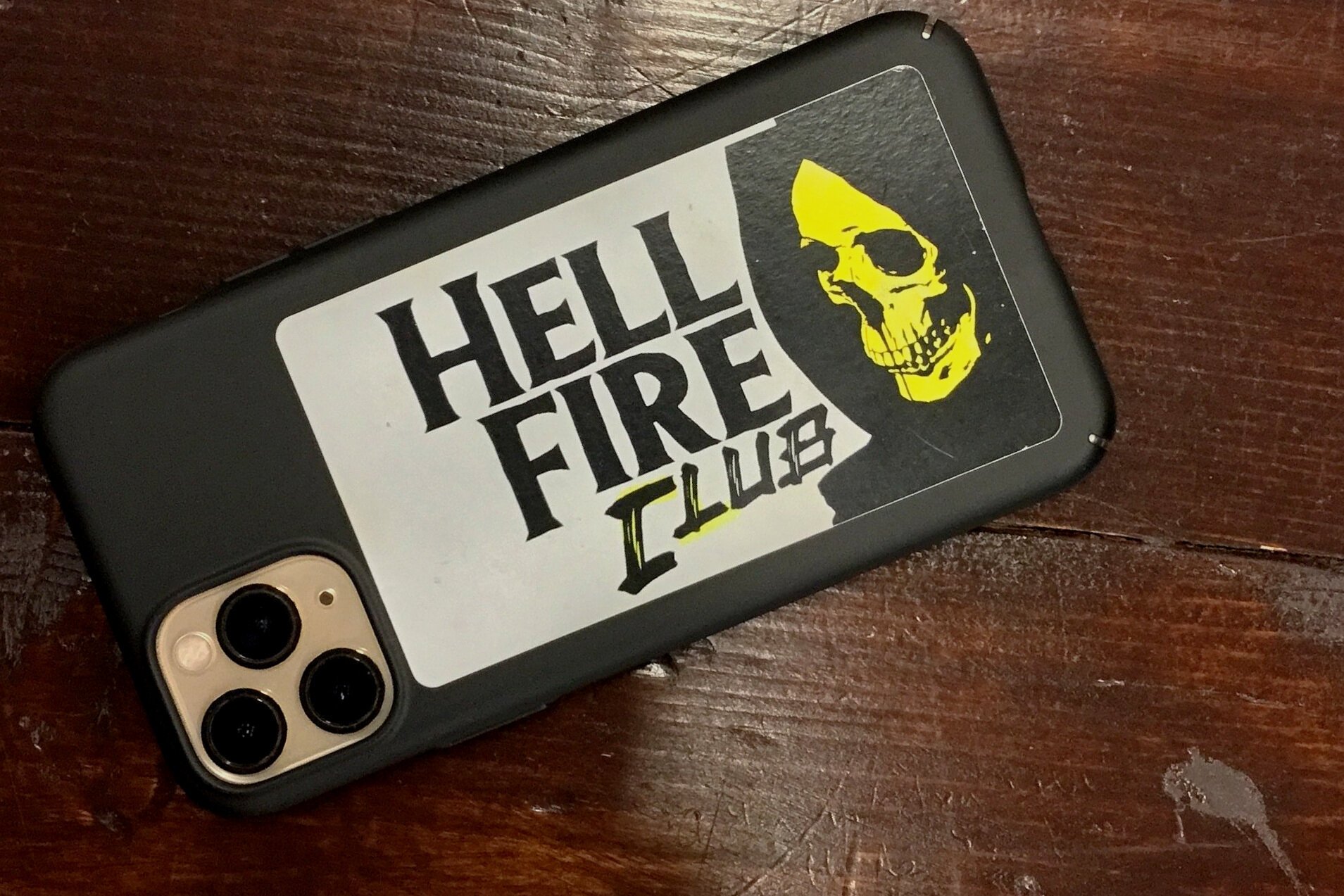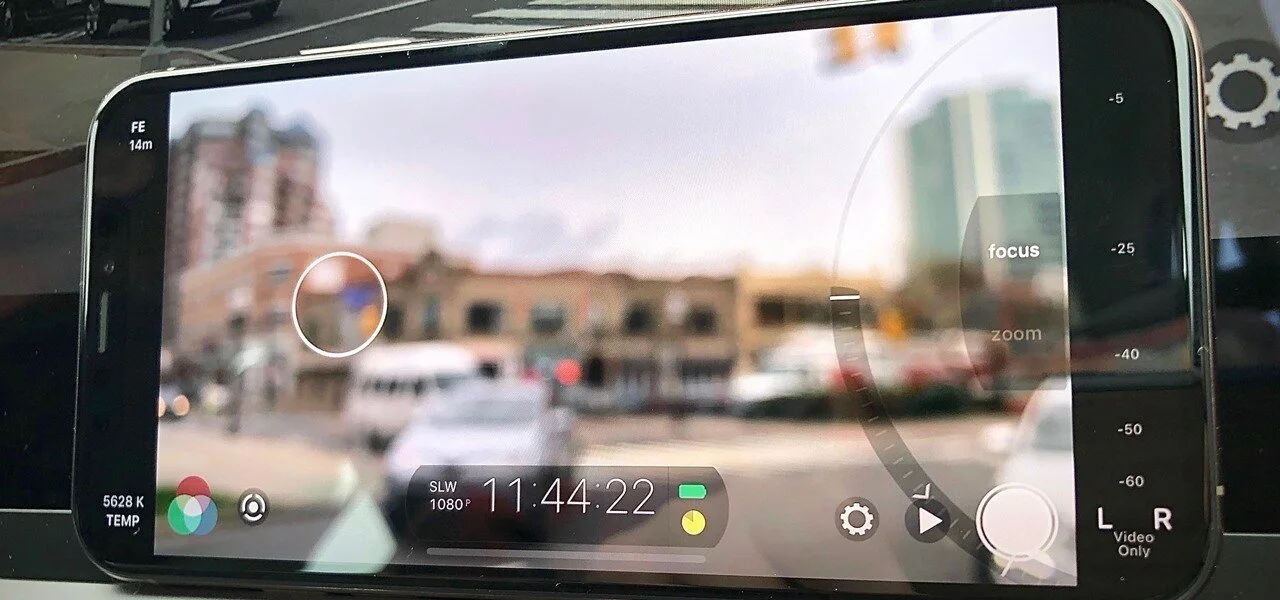Filmmaking on the Apple iPhone 11 Pro
The new iPhone is here and as always it’s had a camera upgrade (or three). The iPhone camera has been impressive for a few generations now and has been used to make YouTube videos, viral videos, short films, and even a full length feature.
If you own an iPhone, be it the new iPhone 11 Pro or even the older iPhone 7, you’ve always got a small, easy-to-use camera in your pocket. It’s great for filming where other cameras aren’t available or logistically unsuitable. Video quality can be excellent, so they’re increasingly being used for news and documentary; people have even shot feature films with them.
You can also edit on the iPhone, though iMovie is a bit cramped on the phone screen, but it’s a powerful bit of kit. If you have access to an Adobe Creative Cloud account why not try Adobe Premiere Rush? At a recent Adobe Event I got to see first hand the power of this application to jump between iPhone, iPad and Mac OS X.
iPhones from the 11 Pro all the way back to the 8 plus models can shoot 4K ultra HD and real slow motion (120fps in 1080p HD, or 240fps in 1080p), and they have optical image stabilisation for smoother handheld shots.
Filmmaking apps
The iPhone 11 Pro is a powerful bit of kit, but you can make it even better with some of the amazing apps available on the AppStore. Although the standard Camera app is easy to use and intuitive.
I’ve been using the more sophisticated FiLMiC Pro: it lets you set manual focus and exposure separately, choose different aspect ratios (screen shapes) and video quality, adjust colour balance, and even ‘pull focus’. It was used to shoot Tangerine, a feature-length iPhone movie selected for the Sundance film festival. But it’s not as stable as the standard Camera app. You can also turn off video stabilisation, which is a useful feature as it means you get the full benefit of the iPhone’s 29mm lens: the image is cropped when you shoot video with the built-in app.
iPhone Filmmaking Accessories
For phones, you could use a selfie stick as a mini-monopod. I prefer to use a clamp or case with a tripod socket. This lets me mount it on any standard tripod or monopod or a pistol grip for handholding.
You could also get an iOgrapher case for iPhones or iPads. These have handles for easy handholding, a tripod socket, a 37mm mount for fitting adapter lenses or filters, and cold shoes for mounting accessories like lights and microphones.
The Rode VideoMic Me is a useful, affordable cardioid (directional) microphone with an effective windshield. The current model won’t fit the iPhone 7 because it lacks a headphone socket.
The Rode smartLav+ is a neat lavalier (tieclip) microphone designed specifically for phones. You can connect professional microphones as well, but you’ll need an adapter.
So there you have it, the new iPhone 11 Pro is a super powerful filmmaking tool. I’ve directed short videos with iPhones as main cameras, 2nd cameras, and even just for audio capture. If you want to make home videos, or become the next YouTube star, then look no further than the new iPhone 11 Pro.






